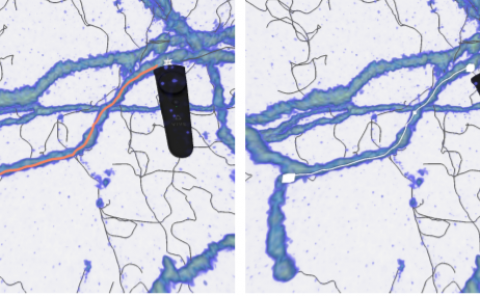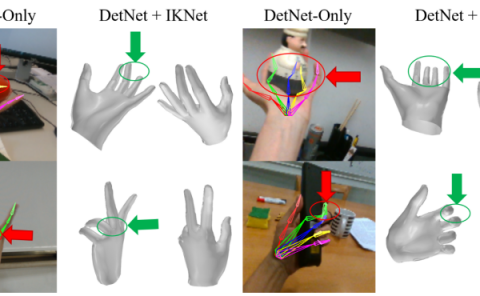Spatiotemporal light control with frequency-gradient metasurfaces
PubDate: Jul 2019
Teams: Stanford University;University of Strathclyde;Korea University;Purdue University
Writers: Amr M. Shaltout1, View ORCID ProfileKonstantinos G. Lagoudakis2,3, View ORCID ProfileJorik van de Groep1, View ORCID ProfileSoo Jin Kim1,4, View ORCID ProfileJelena Vučković2, View ORCID ProfileVladimir M. Shalaev5, View ORCID ProfileMark L. Brongersma1,*
PDF: Spatiotemporal light control with frequency-gradient metasurfaces

Abstract
The capability of on-chip wavefront modulation has the potential to revolutionize many optical device technologies. However, the realization of power-efficient phase-gradient metasurfaces that offer full-phase modulation (0 to 2π) and high operation speeds remains elusive. We present an approach to continuously steer light that is based on creating a virtual frequency-gradient metasurface by combining a passive metasurface with an advanced frequency-comb source. Spatiotemporal redirection of light naturally occurs as optical phase-fronts reorient at a speed controlled by the frequency gradient across the virtual metasurface. An experimental realization of laser beam steering with a continuously changing steering angle is demonstrated with a single metasurface over an angle of 25° in just 8 picoseconds. This work can support integrated-on-chip solutions for spatiotemporal optical control, directly affecting emerging applications such as solid-state light detection and ranging (LIDAR), three-dimensional imaging, and augmented or virtual systems.


